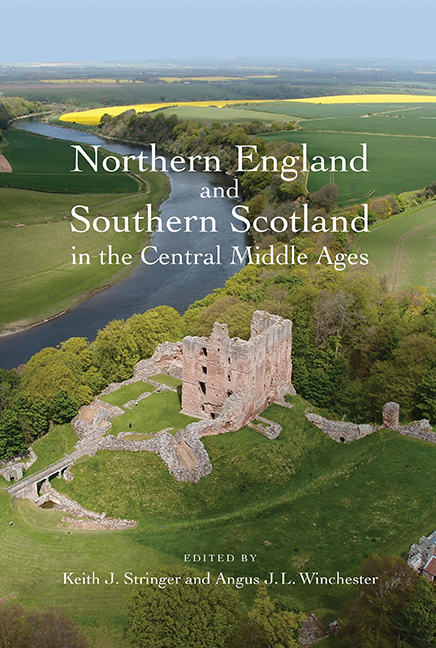Book contents
- Frontmatter
- Contents
- List of Figures
- List of Tables
- List of Contributors
- Preface
- Editorial Notes
- List of Abbreviations
- Introduction: ‘Middle Britain’ in Context, c.900–c.1300
- 1 Kingdom and Identity: A Scottish Perspective
- 2 Law, Governance and Jurisdiction
- 3 Languages and Names
- 4 Dioceses, Saints’ Cults and Monasteries
- 5 Parishes and Churches
- 6 Lords and Tenants
- 7 Rural Settlement Patterns on the Ground
- 8 Shielings and Common Pastures
- 9 Towns and Trade
- 10 Fortifications
- Index
Introduction: ‘Middle Britain’ in Context, c.900–c.1300
Published online by Cambridge University Press: 24 August 2019
- Frontmatter
- Contents
- List of Figures
- List of Tables
- List of Contributors
- Preface
- Editorial Notes
- List of Abbreviations
- Introduction: ‘Middle Britain’ in Context, c.900–c.1300
- 1 Kingdom and Identity: A Scottish Perspective
- 2 Law, Governance and Jurisdiction
- 3 Languages and Names
- 4 Dioceses, Saints’ Cults and Monasteries
- 5 Parishes and Churches
- 6 Lords and Tenants
- 7 Rural Settlement Patterns on the Ground
- 8 Shielings and Common Pastures
- 9 Towns and Trade
- 10 Fortifications
- Index
Summary
This book seeks to provide a multi-layered comparative history of northern England and southern Scotland – ‘middle Britain’ for short – during one of the most formative periods in their development, with particular emphasis on the twelfth and thirteenth centuries. A justification for the book's geographic and temporal parameters will be laid out in due course. For the present, we are concerned to establish a preliminary frame of reference for understanding the multiple forces at work on the regions involved, and we begin with a sequence of views from York and Carlisle.
It was the Scandinavian occupation of York in 866–7 that set the seal on the demise and fragmentation of the ancient kingdom of Northumbria, which in its heyday had ranged from the Humber to the Forth and across the Pennine–Cheviot watershed to the Irish Sea. West Saxon royal lordship first arrived in Northumbria with the seizure of York in 927 by King Alfred's grandson Æthelstan, following which he swiftly received the submissions of the Northumbrian elite and brought into his peace both the king of Strathclyde and the king of Scots. Nor was it any coincidence that from now on Æthelstan and his successors regularly took the style ‘king of the English’, rex Anglorum, and might even stake claims to rulership over all the island of Britain. Carlisle, another former node of Northumbrian power, may already have fallen to the kings of Strathclyde by 927, and seems to have remained more or less securely under their control until Mael Coluim III, king of Scots (1058–93), had brought it within his orbit by the 1060s. The next snapshot takes us back to Carlisle in 1092, when it was fortified by the Norman king-duke, William II (Rufus), in what was then the northernmost assertion of direct rule in western Britain by any king of the English. A different scene presents itself when we find that Mael Coluim's son David I died in possession of Carlisle, and within the walls of its castle, on 24 May 1153.
- Type
- Chapter
- Information
- Publisher: Boydell & BrewerPrint publication year: 2017
- 1
- Cited by

